George Rogers Clark National Historical Park is located in Southwestern Indiana in the town of Vincennes. The park honors a pivotal event in the American Revolution.
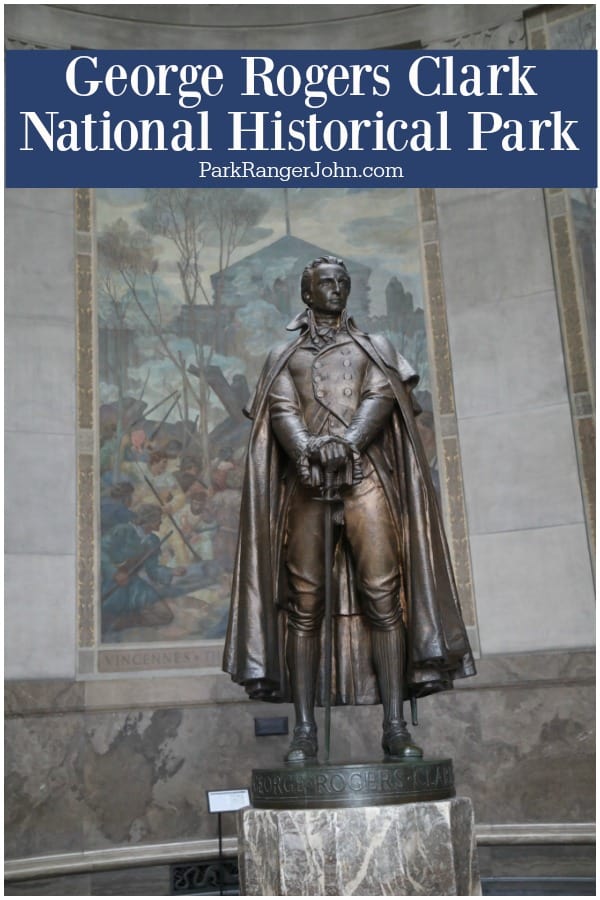
George Rogers Clark National Historical Park
American Colonel George Rogers Clark fought with success against the British and their Indian allies capturing forts along the Mississippi River near St. Louis.
About George Rogers Clark National Historical Park
Clark led 170 American and French militiamen to Vincennes to surround Fort Sackville after the British recaptured it in December 1778.
Clark and his men surrounded Fort Sackville and forced the British to surrender on February 25, 1779. Clark is credited with preventing the British from achieving their goal of driving Americans from the new frontier.
This win helped push the British to sign over vast areas of the United States that now compromise the states of Ohio, Indiana, Illinois, Michigan, Wisconsin, and the eastern part of Minnesota.
George Rogers Clark was the brother of William Clark who would co-lead the Lewis and Clark Expedition.
Is George Rogers Clark National Historical Park worth visiting?
Yes, The park is really interesting and provides an opportunity to learn about the American Revolutionary War and the Lewis and Clark Expedition.
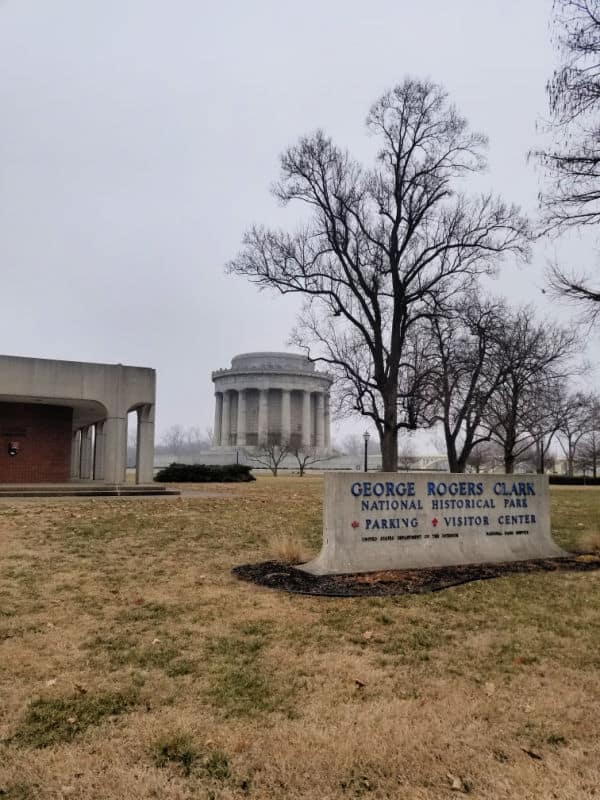
History of George Rogers Clark National Historical Park
George Rogers National Historic Park is located in Vincennes, Indiana on the banks of the Wabash River, about 120 miles southwest of Indianapolis.
The park sits within the Vincennes Historic District. The site honors Revolutionary War commander George Rogers Clark.
George Rogers Clark was born November 19, 1752 in Virginia. His family comprised of six sons and four daughters, all whom were extremely close.
His younger brother William later served as one of the leaders during the famous Lewis and Clark Expedition.
In his late teen years, Clark worked to survey land along the Ohio River, being taught the skill by his grandfather. In 1772, against British law, many Virginians were crossing over into Kentucky to look for land to settle.
By 1776, Clark has secured land for himself and some of his family and friends in Kentucky.
With the increase in Native American threats in his new area, Clark and others pleaded to Virginia for protection; they wanted their new land to be considered a county.
Governor Patrick Henry eventually gave Clark supplies to defend themselves against Native Americans and declared Kentucky as part of Virginia. After these events, it was evident that settlers in the area greatly respected Clark’s leadership.
As the onset of the American Revolutionary War raged, the late 1770s saw the British enlisting the help of allied Native Americans to attack settlers in the west.
George Rogers Clark’s county was among those targeted. With the support of Henry, Clark assembled 150 frontiersmen and 20 settlers to defend their territory.
Clark then led his men through the freezing flooded waters of the Illinois country. Dressed as natives and walking in single file, they were careful to go undetected as they made their way to strike.
Clark kept the spirits of his men high, encouraging them to sing along the way. Clark and his men struck Fort Sackville unexpectedly, as the British forces were unable to even open their gunports.
British commander Hamilton surrendered. The British never regained these lands throughout the remainder of the war.
Clark continued to lead military actions in the Northwest until the end of the war in 1783. Clark then acted on the Board of Commissioners, supervising land in Illinois and also served as an expert on Indian Affairs along the Ohio River.
It was well known that Clark never did receive compensation for much of his efforts during the war. This was likely due to the fact that his bravery and patriotic spirit to people in the west were unknown to many of those who held power in the east.
Nonetheless, Clark suffered financially during his life after the war. Clark did finally retire to Clarksville, IN in a small cabin and operated a grist mill.
In 1809 he suffered a stroke and shortly after, his leg had to be amputated. With no anesthesia, he requested fifers and drums to be played outside his cabin as the operation was performed.
He lived thereafter with his sister in Louisville, KY and died in 1818 at the age of 66.
The George Rogers National Historic Park was built to commemorate Clark’s noble accomplishments in expanding the United States into the Northwest Territory.
The park is located on land that was believed to be the location of Fort Sackville. President Calvin Coolidge approved the construction of a memorial and Franklin D. Roosevelt dedicated it in 1936.
The state of Indiana, along with the federal government, procured a total of $2.5 million for the construction of a memorial to sit within the park and honor Clark.
The memorial was designed by New York architect Frederic Charles Hirons.
The memorial building is a circular structure made of granite with 16 columns surrounding it. A bronze statue of George Rogers Clark stands inside the building, under the dome.
Other statues and memorials can be found throughout the park, including a statue that honors Francis Vigo, and Italian-American merchant who closely assisted General Clark, and another bronze statue honoring Father Pierre Gibault, who also assisted Clark in the war.
No structures dating from the Revolutionary War time period are present in the park today.
The George Rogers Clark National Historic Park was chosen to be displayed on an “American the Beautiful Quarter” representing the state of Indiana in 2017.

Things to know before your visit to George Rogers Clark National Historical Park
Entrance fee
$0.00 - There is no fee to visit the park.
Learn more about National Park Passes for parks that have an entrance fee.
$80.00 - For the America the Beautiful/National Park Pass. The pass covers entrance fees to all US National Park Sites and over 2,000 Federal Recreation Fee Sites for an entire year and covers everyone in the car for per-vehicle sites and up to 4 adults for per-person sites.

Buy your pass at this link, and REI will donate 10% of pass proceeds to the National Forest Foundation, National Park Foundation, and the U.S. Endowment for Forestry & Communities.
National Park Free Entrance Days -Mark your calendars with the five free entrance days the National Park Service offers annually.
Time Zone
Eastern Time Zone.
Pets
Pets must be restrained on a leash no longer than six feet in length.
Cell Service
We had fairly good cell service while visiting the park.
Park Hours
Open daily 9:00am - 5:00pm.
The memorial closes 15 minutes before the visitor center.
Closed Thanksgiving, Christmas Day, New Year's Day, and other federal holidays.
Wi-Fi
WiFi is not available in the park.
Insect Repellent
Insect repellent is always a great idea when outdoors, especially if you are around any body of water.
We use Permethrin Spray on our clothes before our park trips.
Water Bottle
Make sure to bring your own water bottle and plenty of water with you. Plastic water bottles are not sold in the park.
Parking
Parking is available down the road from the George Rogers Clark National Historical Park Visitor Center at 401 S. 2nd St.
A limited amount of parking can be found in front of the visitor center.
Food/Restaurants
No food or drink is permitted in the visitor center or the George Rogers Clark Memorial.
Gas
There are no gas stations available within the park but there are multiple nearby.
Drones
Drones are not permitted within National Park Sites.
National Park Passport Stamps
National Park Passport stamps can be found in the visitor center.
George Rogers Clark NHP is part of the 2016 Passport Stamp Set.
We like to use these circle stickers for park stamps so we don't have to bring our passport book with us on every trip.
The National Park Passport Book program is a great way to document all of the parks you have visitied.
You can get Passport Stickers and Annual Stamp Sets to help enhance your Passport Book.
Electric Vehicle Charging
There are 8 EV charging stations within 30 miles of Vincennes, Indiana
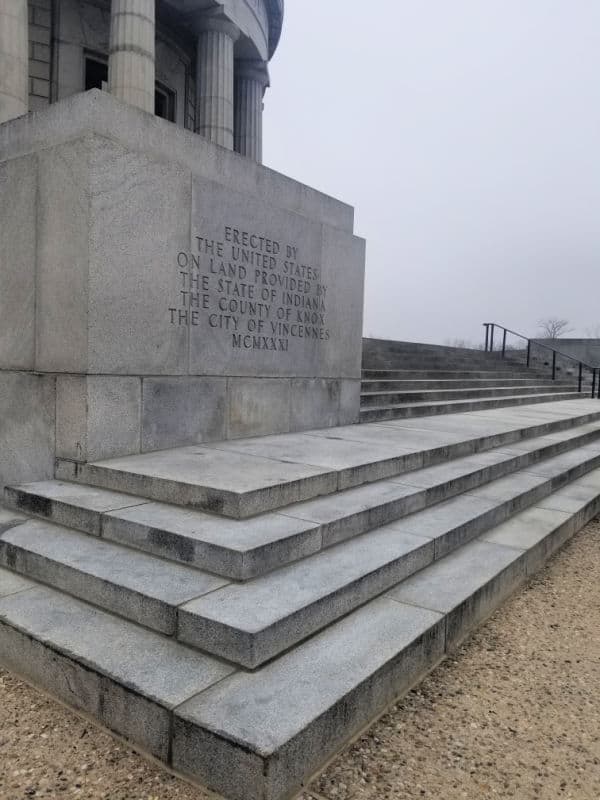
Details about George Rogers Clark National Historical Park
Size - 24.3 acres
Check out how the park compares to other National Parks by Size.
Date Established
July 23, 1966 - The park was signed into law by President Lyndon B. Johnson.
Visitation
In 2021, George Rogers Clark NHP had 116,088 park visitors.
In 2020, George Rogers Clark NHP had 56,108 park visitors.
In 2019, George Rogers Clark NHP had 140,130 park visitors.
Learn more about the most visited and least visited National Parks in the US
National Park Address
George Rogers Clark National Historical Park
401 South 2nd Street
Vincennes, IN 47591
Park Phone Number - 812.882.1776, ext. 2 (front desk)
National Park Map
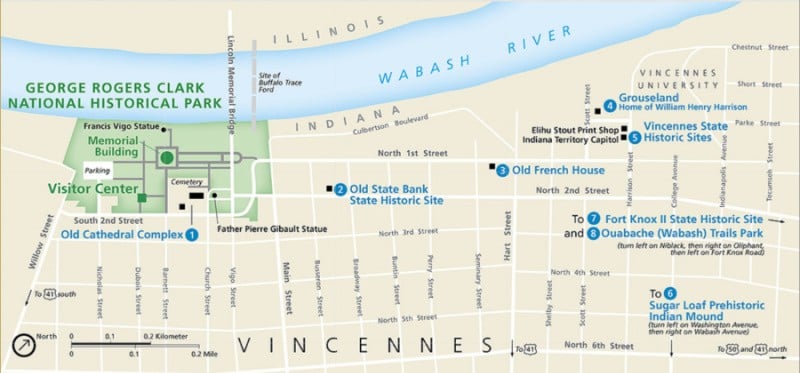
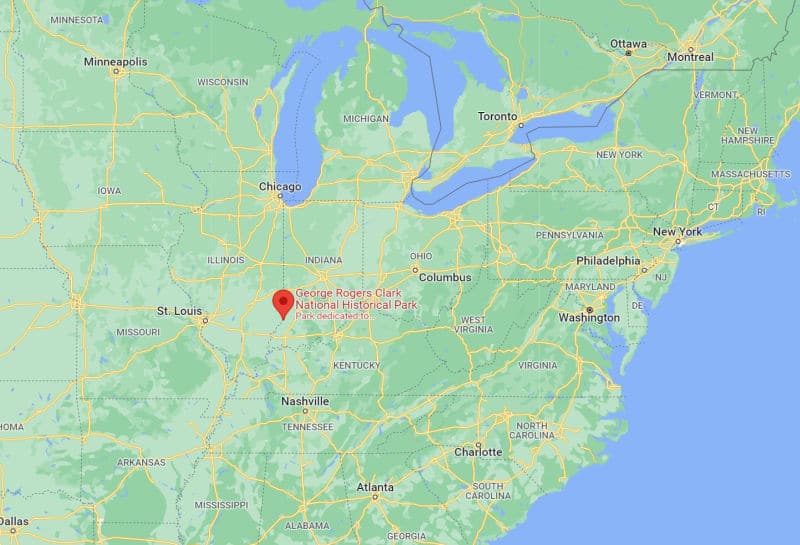
Where is George Rogers Clark National Historical Park?
George Rogers Clark NHP is located next to the Wabash River in Indiana. It is worth noting that the Wabash River is the boundary between Indiana and Illinois.
Estimated distance from major cities nearby
- Louisville, KY - 141 miles
- Indianapolis, IN - 128 miles
- St. Louis, MO - 154 miles
- Cincinnati, OH - 239 miles
- Lexington, KY - 215 miles
- Nashville, TN - 203 miles
- Fort Wayne, IN - 257 miles
- Chicago, IL - 238 miles
- Columbus, OH - 306 miles
- Memphis, TN - 358 miles
Estimated Distance from nearby National Park
Gateway Arch National Park - 153 miles
Mammoth Cave National Park - 162 miles
Indiana Dunes National Park - 225 miles
Cuyahoga Valley National Park - 434 miles
New River Gorge National Park - 465 miles
Where is the National Park Visitor Center?
The visitor center is located next to the parking area.
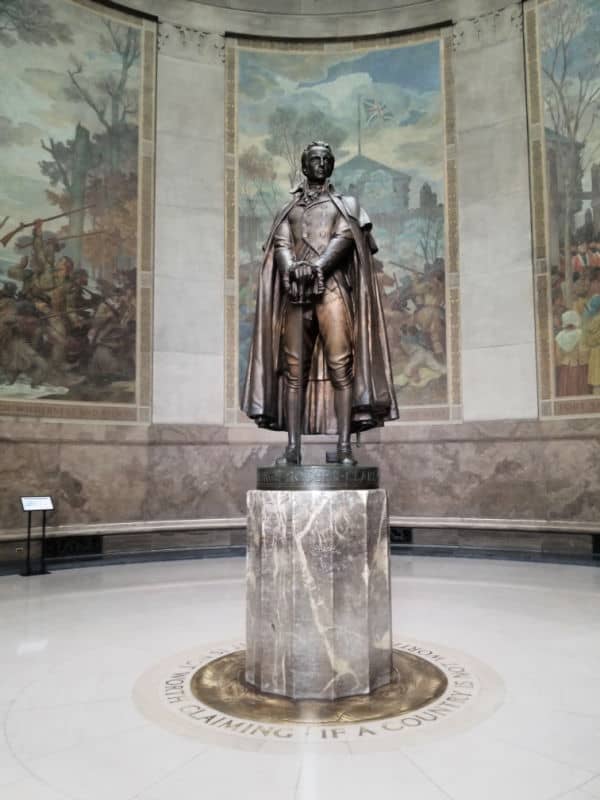
Getting to George Rogers Clark National Historical Park
Closest Airports
- Evansville Regional Airport (EVV)
International Airports
- Indianapolis International Airport (IND)
- Louisville International Airport (SDF)
- Lambert-St. Louis International Airport (STL)
- Nashville International Airport (BNA)
- Cincinnati/Northern Kentucky International Airport (CVG)
- James M Cox Dayton International Airport (DAY)
Regional Airports
- Owensboro-Daviess County Regional Airport (OWB)
- MidAmerica St. Louis Airport (BLV)
- Decatur Airport (DEC)
Driving Directions
From Illinois via the Memorial Bridge
- After crossing the bridge turn right onto 2nd Street
- The parking lot will be on the right-hand side just past the Visitor Center
Via US Hwy 50
- Take the 6th Street Exit
- Follow 6th Street for about 2 miles
- Turn Right onto Vigo Street
- Turn Left onto 2nd Street
- The parking lot will be on the right-hand side just past the Visitor Center
Via Hwy 41
- Take the Indiana 441/Willow Street Exit
- Stay right onto Willow Street
- Follow Willow Street for about 2 miles
- Turn Right onto 2nd Street
- The entrance will be on the left-hand side after about 300 feet.
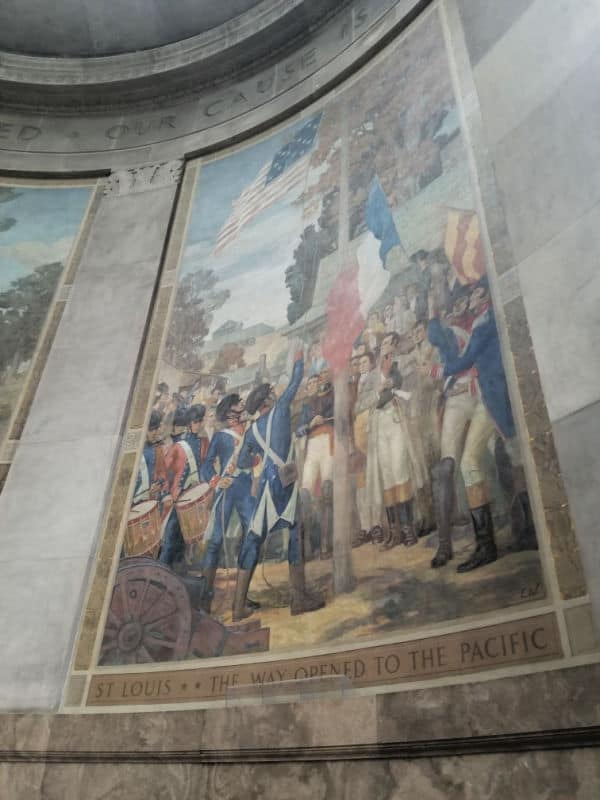
Best time to visit George Rogers Clark National Historical Park
The best time to visit the park is during spring through fall depending on how you feel about hot muggy weather.
The peak time of year is September for the best weather.
Weather and Seasons
Summers in Vincennes, Indiana are warm and muggy while winter is cold and snowy.
The hottest weather is from May 21 to September 23rd with an average daily temperature above 78 degrees.
The coldest weather is from December 1 to February 28th with an average daily temperature below 49 degrees.
The rainiest month is May with an average of 4.5 inches. Vincennes receives snow on average from November 30th to March 14th with January getting the most snow.
The muggiest weather is from May 18th to September 23rd with July having the most muggy days.
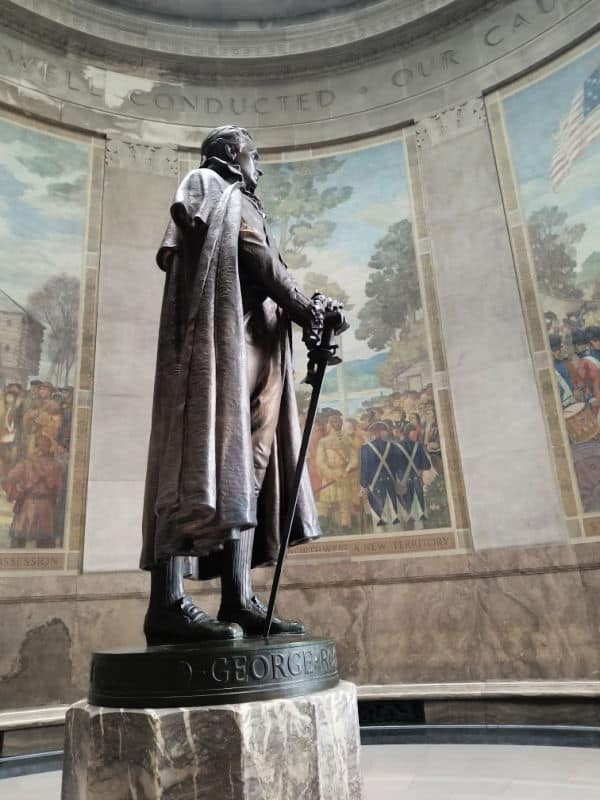
Best Things to do in George Rogers Clark National Historical Park
The top things to do in the park include exploring the visitor center and touring the Clark Memorial.
We suggest planning at minimum a couple of hours to explore the park. It can be done quicker if you are short on time.
Visitor Center
The visitor center has a few interpretive displays and a bookstore. The front desk staff was great at answering questions and telling us more about the park.
Restrooms, changing stations, drinking fountains, and a bookstore are available at the Visitor Center.
Long Knives Movie
The 30-minute introductory movie, "Long Knives" shares the back story of George Rogers Clark and his military campaign.
Junior Ranger Program
The George Rogers Clark NHP Junior Ranger program is a 2-page questionnaire that can be filled out while visiting the visitor center and the memorial.
George Rogers Clark Memorial
You can't miss the George Rogers Clark Memorial when you drive towards the Wabash River.
The memorial is 80 feet high and 90 feet across at the base. The walls are two feet thick with the exterior composed of granite.
There are 16 Doric columns surrounding the memorial. Above the columns is an inscription that reads "The Conquest of the West - George Rogers Clark and The Frontiersmen of the American Revolution".
Make sure and listen to the six-minute audio program is provided in the Clark Memorial. This program will guide you through the seven murals and the story they represent.
The seven murals depicting the story of George Rogers Clark and the Old Northwest were each created on a single piece of Belgium Linen that was 16 feet by 28 feet.
Painted by Ezra Winter over 2.5 years.
You can see three of George Rogers Clark's quotes inscribed in the memorial.
The Clark Memorial has 33 steps to reach the front door with a handrail going up the center of the building.
The monument is the largest monument in the US outside of Washington DC.
Fort Sackville
Historians believe that George Rogers Clark NHP is located on the site where Fort Sackville stood.
This site was one of the greatest feats of the American Revolutionary War. When George Rogers Clark captured Fort Sackville on Feb. 25, 1779.
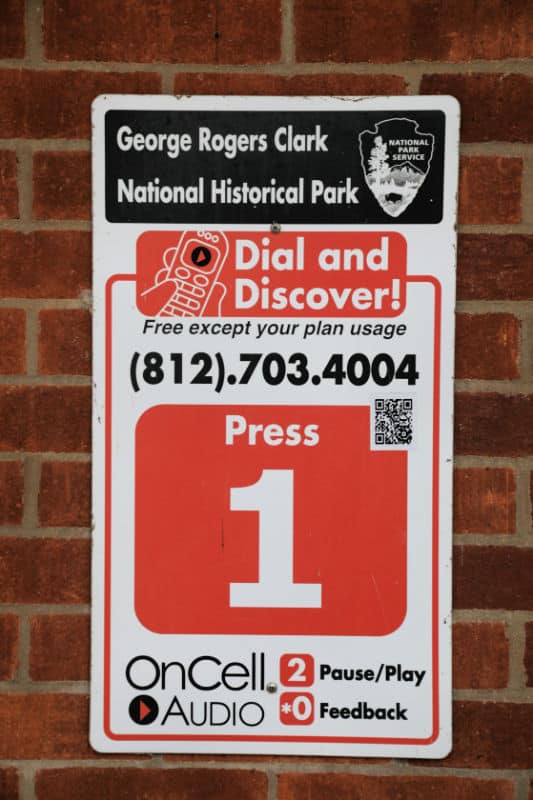
Cell Phone tour
The park has a great cell phone tour to learn more about different sites in the park. Just call 812-703-4004 and press 1 to hear the 1st information.
Hiking in George Rogers Clark National Historical Park
Always carry the 10 essentials for outdoor survival when exploring.
There are no designated hiking trails within the park. Visitors can wander along the Wabash River and check out the interpretive panels about Fort Sackville and the Wabash River.
Don't forget to pack
Insect repellent is always a great idea outdoors, especially around any body of water.
We use Permethrin Spray on our clothes before our park trips. Please read my article on preventing biting insects while enjoying the outdoors.
Sunscreen - I buy environmentally friendly sunscreen whenever possible because you inevitably pull it out at the beach.
Bring your water bottle and plenty of water with you. Plastic water bottles are not sold in the park.
Sunglasses - I always bring sunglasses with me. I personally love Goodr sunglasses because they are lightweight, durable, and have awesome National Park Designs from several National Parks like Joshua Tree, Yellowstone, Hawaii Volcanoes, Acadia, Denali, and more!
Click here to get your National Parks Edition of Goodr Sunglasses!
Binoculars/Spotting Scope - These will help spot birds and wildlife and make them easier to identify. We tend to see waterfowl in the distance, and they are always just a bit too far to identify them without binoculars.
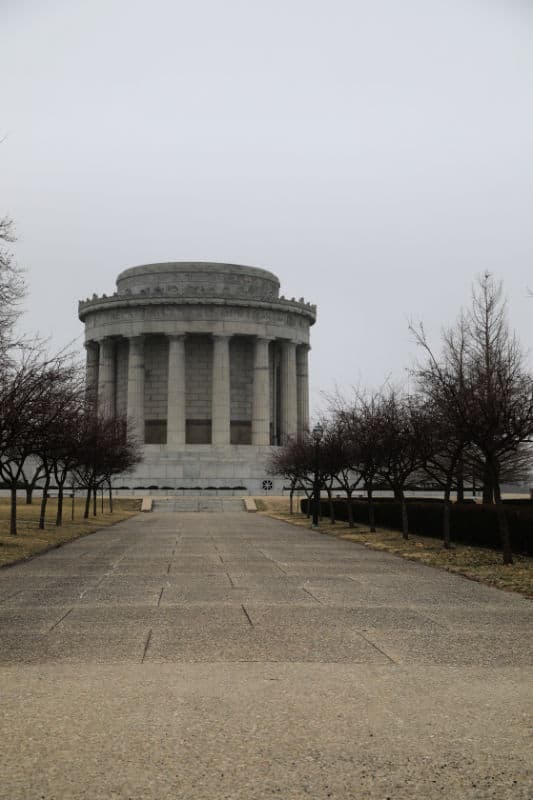
How to beat the crowds in George Rogers Clark National Historical Park?
We did not see another park visitor during our visit to the park. I wouldn't expect to run into any crowds unless you are there during a historic weapons demonstration or event.
Where to stay when visiting George Rogers Clark National Historical Park
There are no National Park Lodges within the park. Lodging is available in Vincennes, Indiana.
Townplace Suites in Vincennes - We stayed at this hotel it was really nice. A free breakfast buffet, a grocery/convenience store, and dry cleaning/laundry services are just a few of the amenities provided at TownePlace Suites by Marriott Vincennes. Free Wi-Fi in public areas is available to all guests, along with a gym and a 24-hour business center.
Hampton Inn Vincennes - Free to-go breakfast, dry cleaning/laundry services, and a gym are just a few of the amenities provided at Hampton Inn Vincennes. Stay connected with free in-room Wi-Fi, and guests can find other amenities such as a 24-hour business center.
Comfort Suites - Free full breakfast, a gym, and a restaurant are just a few of the amenities provided at Comfort Suites. Stay connected with free in-room Wi-Fi.
Click on the map below to see additional hotels and vacation rentals near the park.
Camping
There park does not have a designated campground.
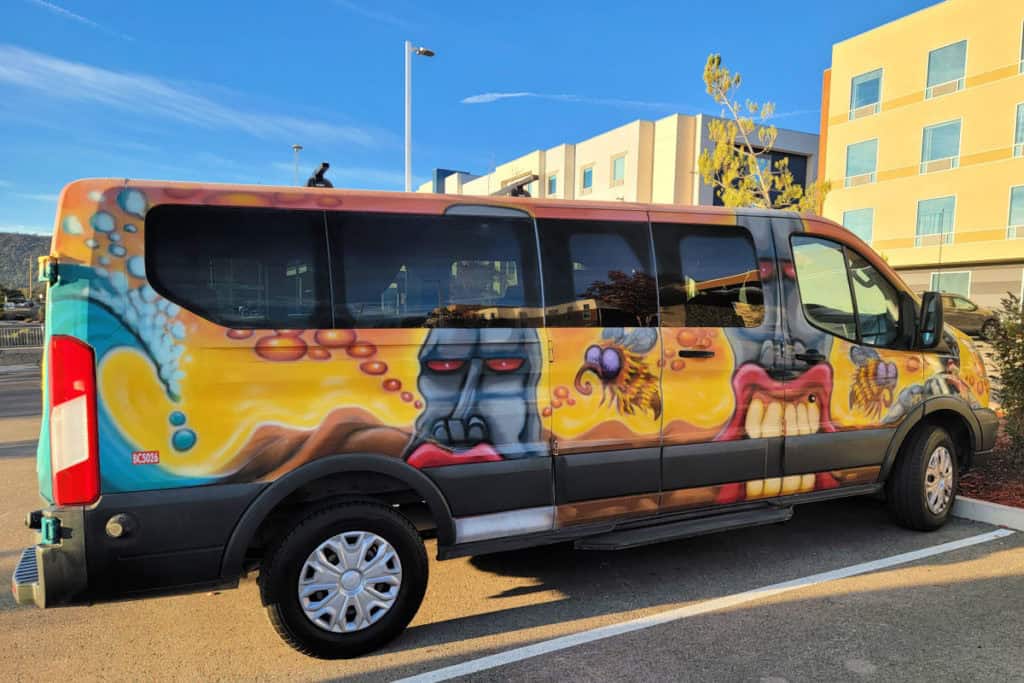
For a fun adventure check out Escape Campervans. These campervans have built in beds, kitchen area with refrigerators, and more. You can have them fully set up with kitchen supplies, bedding, and other fun extras. They are painted with epic designs you can't miss!
Escape Campervans has offices in Vancouver, Seattle, Portland, San Francisco, Las Vegas, Los Angeles, Phoenix, Salt Lake City, Denver, New York, and Orlando
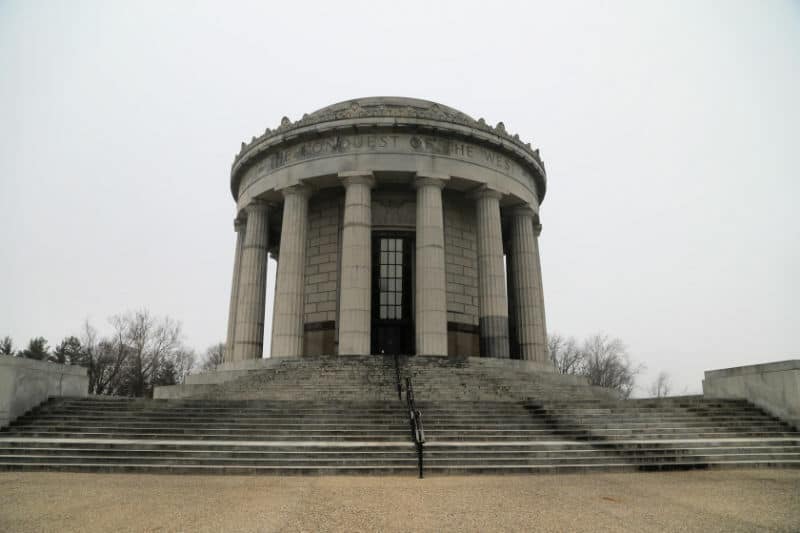
Additional Resources
George Rogers Clark: The Life and Legacy of the Revolutionary War’s Conqueror of the Old Northwest
George Rogers Clark and the War in the West
George Rogers Clark: Boy of the Northwest Frontier (8) (Young Patriots series)
George Rogers Clark (Profiles in American History)
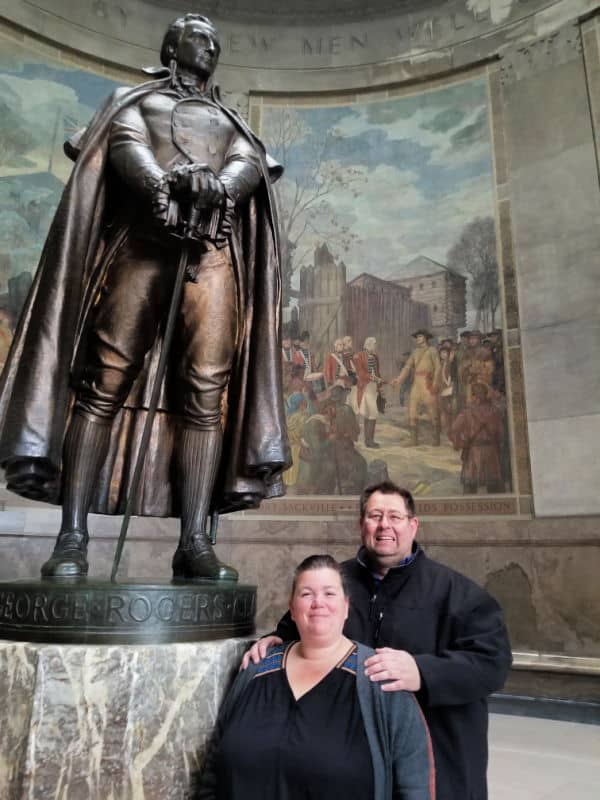
Parks Near George Rogers Clark National Historical Park
Ulysses S Grant National Historic Site
Lincoln Boyhood National Memorial
Abraham Lincoln Birthplace National Historical Park
Fort Donelson National Battlefield
Lincoln Home National Historic Site
Check out all of the Indiana National Parks along with neighboring National Parks in Ohio, National Parks in Michigan, Kentucky National Parks, and National Parks in Illinois
Are you heading to Ohio after you visit Indiana? Check out these great indoor water parks.
Make sure to follow Park Ranger John on Facebook, Instagram, Pinterest, and TikTok

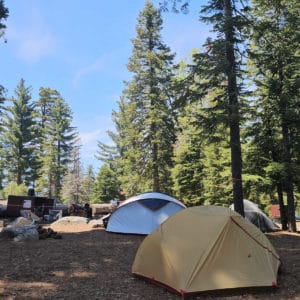
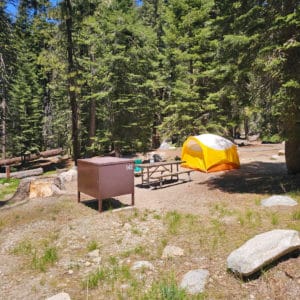
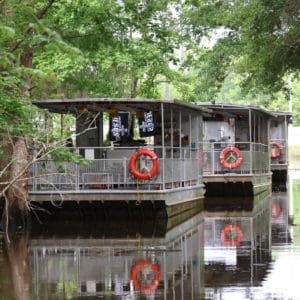
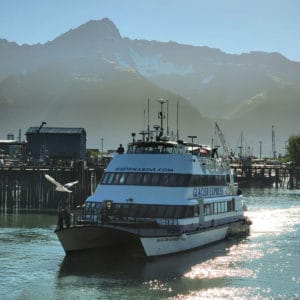
Leave a Reply